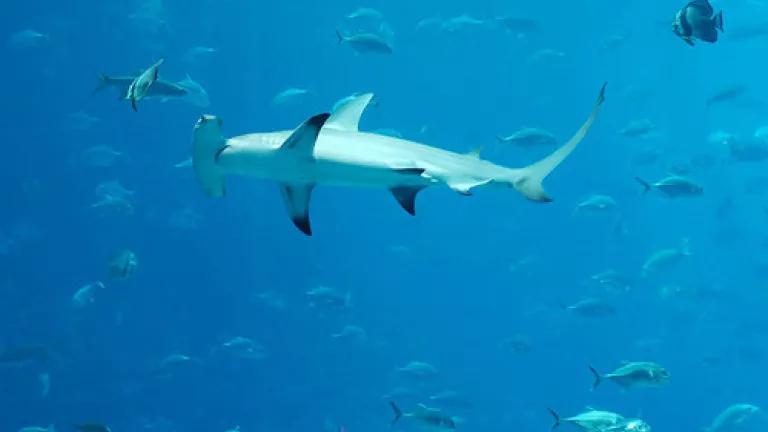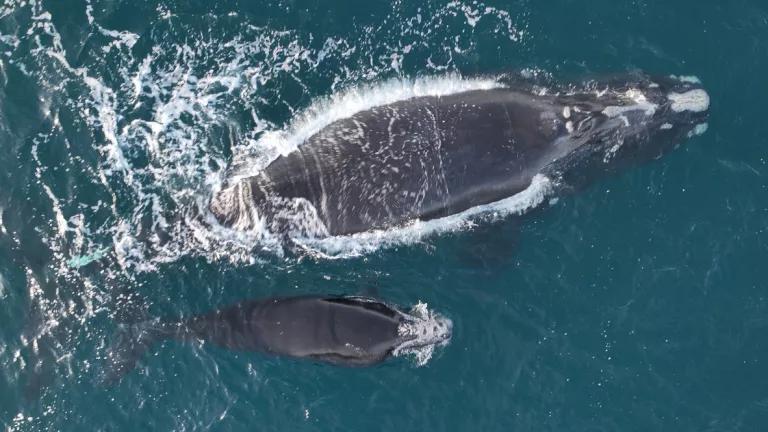
Photograph by Josh Hallett (2007)
In mid-March, NRDC submitted a petition to list the Northwest Atlantic population of great hammerhead shark as “threatened” under the Endangered Species Act. Last week, NOAA announced that our petition, as well as one submitted by WildEarth Guardians, had demonstrated that a listing may be warranted. The government will now take the next 12 months to conduct a full scientific review of the great hammerhead’s status and decide whether to formally propose listing.
This is good news for a remarkable creature. The largest of the nine hammerhead shark species, the great hammerhead can reach 12 or more feet. The species are among the longest-lived of sharks, living as along as 44 years. Scientists remain uncertain about the purpose(s) of the hammerhead’s distinctive head shape, called a cephalophoil – one reason may be enhanced binocular vision, which helps hunting. The Northwest Atlantic population of the species lives in coastal waters off the Southeastern U.S. and in the Gulf of Mexico. As an apex predator (with a particular fondness for stingrays), the great hammerhead shark plays an important role in maintaining the health of coastal marine ecosystems.
Despite their fearsome appearance, relatively few instances of hammerhead shark attacks on humans have been recorded (the records do not distinguish between different hammerhead shark species). But humans have certainly proved to be a grave threat to great hammerheads. The species has low reproductive potential, with mature females giving birth every two years to a dozen or more live shark “pups.” Fishing, including bycatch (discarding of unwanted catch), has driven populations of great hammerheads in both the Northwest Atlantic and globally to very low population levels. Great hammerhead fins, sold as “Gu Pian,” are highly prized in the Asian fin trade because of their large size and high needle count.
NOAA’s positive finding remains a preliminary one, even if one in the right direction. It is now important for everyone who cares about the future of the great hammerhead to weigh in with the agency. NOAA is accepting comments on the possible listing until June 25th, identified by the code NOAA-NMFS-2013-0046, here. You may also submit comments by mail to the following address: Office of Protected Resources, NMFS, 1315 East-West Highway, Silver Spring MD 20910. I will let you know of any additional developments in the listing process in the months ahead, as well as any new opportunities to take action to save this unique and important species.




